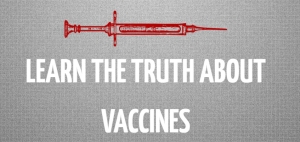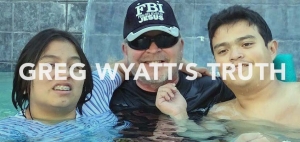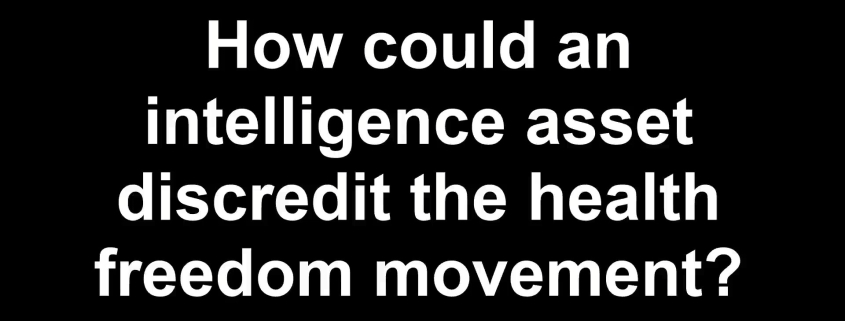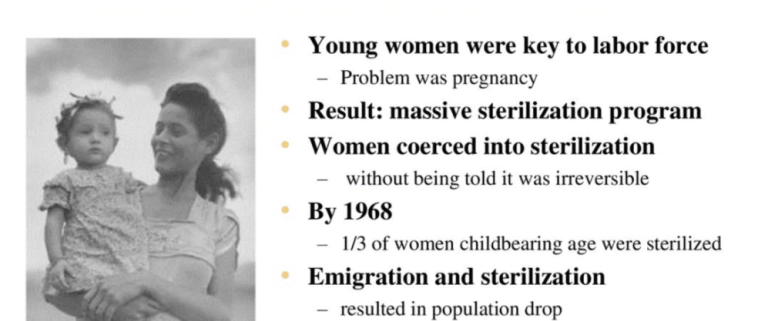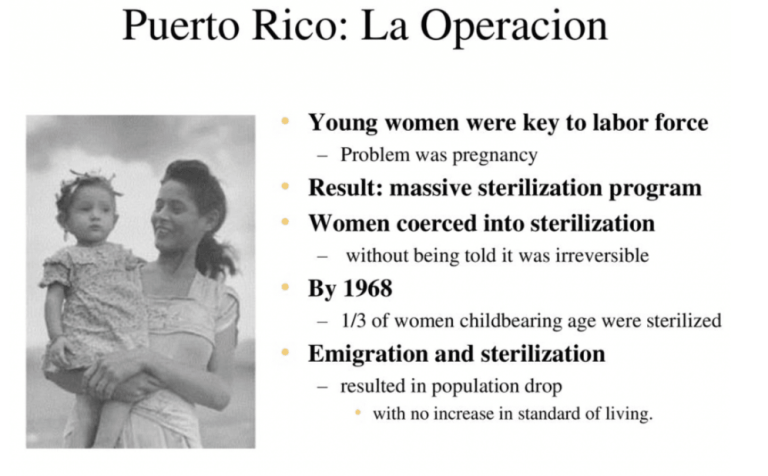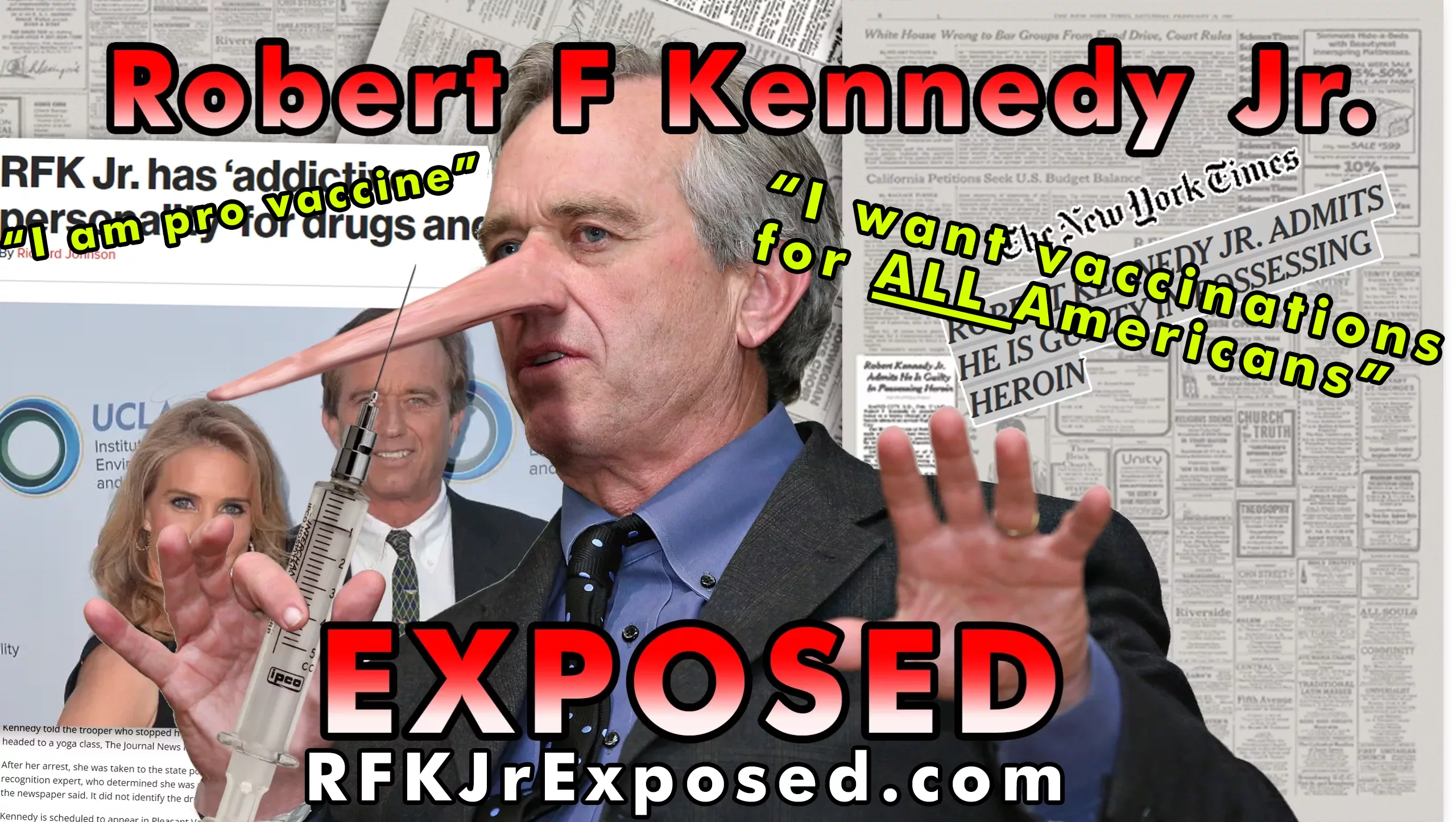Please visit gregwyatt.com
for my new website.
This website is my old version and is no longer updated.
Greg’s Blog…
It’s Amazing That CBS Allowed This! Vaccines and autism: a new scientific review
/0 Comments.jpg#)
Original Article BY SHARYL ATTKISSON
/ CBS NEWS
(IF i had to guess, they chose April, 1st so they could claim it as a April fools article)
For all those who’ve declared the autism-vaccine debate over – a new scientific review begs to differ. It considers a host of peer-reviewed, published theories that show possible connections between vaccines and autism.
The article in the Journal of Immunotoxicology is entitled “Theoretical aspects of autism: Causes–A review.” The author is Helen Ratajczak, surprisingly herself a former senior scientist at a pharmaceutical firm. Ratajczak did what nobody else apparently has bothered to do: she reviewed the body of published science since autism was first described in 1943. Not just one theory suggested by research such as the role of MMR shots, or the mercury preservative thimerosal; but all of them.
Ratajczak’s article states, in part, that “Documented causes of autism include genetic mutations and/or deletions, viral infections, and encephalitis [brain damage] following vaccination [emphasis added]. Therefore, autism is the result of genetic defects and/or inflammation of the brain.”
The article goes on to discuss many potential vaccine-related culprits, including the increasing number of vaccines given in a short period of time. “What I have published is highly concentrated on hypersensitivity, Ratajczak told us in an interview, “the body’s immune system being thrown out of balance.”
University of Pennsylvania’s Dr. Brian Strom, who has served on Institute of Medicine panels advising the government on vaccine safety says the prevailing medical opinion is that vaccines are scientifically linked to encephalopathy (brain damage), but not scientifically linked to autism. As for Ratajczak’s review, he told us he doesn’t find it remarkable. “This is a review of theories. Science is based on facts. To draw conclusions on effects of an exposure on people, you need data on people. The data on people do not support that there is a relationship. As such, any speculation about an explanation for a (non-existing) relationship is irrelevant.”

Ratajczak also looks at a factor that hasn’t been widely discussed: human DNA contained in vaccines. That’s right, human DNA. Ratajczak reports that about the same time vaccine makers took most thimerosal out of most vaccines (with the exception of flu shots which still widely contain thimerosal), they began making some vaccines using human tissue. Ratajczak says human tissue is currently used in 23 vaccines. She discusses the increase in autism incidences corresponding with the introduction of human DNA to MMR vaccine, and suggests the two could be linked. Ratajczak also says an additional increased spike in autism occurred in 1995 when chicken pox vaccine was grown in human fetal tissue.
Why could human DNA potentially cause brain damage? The way Ratajczak explained it to me: “Because it’s human DNA and recipients are humans, there’s homologous recombinaltion tiniker. That DNA is incorporated into the host DNA. Now it’s changed, altered self and body kills it. Where is this most expressed? The neurons of the brain. Now you have body killing the brain cells and it’s an ongoing inflammation. It doesn’t stop, it continues through the life of that individual.”
Dr. Strom said he was unaware that human DNA was contained in vaccines but told us, “It does not matter…Even if human DNA were then found in vaccines, it does not mean that they cause autism.” Ratajczak agrees that nobody has proven DNA causes autism; but argues nobody has shown the opposite, and scientifically, the case is still open.
A number of independent scientists have said they’ve been subjected to orchestrated campaigns to discredit them when their research exposed vaccine safety issues, especially if it veered into the topic of autism. We asked Ratajczak how she came to research the controversial topic. She told us that for years while working in the pharmaceutical industry, she was restricted as to what she was allowed to publish. “I’m retired now,” she told CBS News. “I can write what I want.”
We wanted to see if the CDC wished to challenge Ratajczak’s review, since many government officials and scientists have implied that theories linking vaccines to autism have been disproven, and Ratajczak states that research shows otherwise. CDC officials told us that “comprehensive review by CDC…would take quite a bit of time.” In the meantime, CDC provided these links:
Interagency Autism Coordination Committee: http://iacc.hhs.gov
Overview of all CDC surveillance and epi work: http://www.cdc.gov/ncbddd/autism/research.html
CDC study on risk factors and causes: http://www.cdc.gov/ncbddd/autism/seed.html
BONUS ARTICLE!
Family to Receive $1.5M+ in First-Ever Vaccine-Autism Court Award
The first court award in a vaccine-autism claim is a big one. CBS News has learned the family of Hannah Poling will receive more than $1.5 million dollars for her life care; lost earnings; and pain and suffering for the first year alone.
In addition to the first year, the family will receive more than $500,000 per year to pay for Hannah’s care. Those familiar with the case believe the compensation could easily amount to $20 million over the child’s lifetime.

Hannah was described as normal, happy and precocious in her first 18 months.
Then, in July 2000, she was vaccinated against nine diseases in one doctor’s visit: measles, mumps, rubella, polio, varicella, diphtheria, pertussis, tetanus, and Haemophilus influenzae.
Afterward, her health declined rapidly. She developed high fevers, stopped eating, didn’t respond when spoken to, began showing signs of autism, and began having screaming fits. In 2002, Hannah’s parents filed an autism claim in federal vaccine court. Five years later, the government settled the case before trial and had it sealed. It’s taken more than two years for both sides to agree on how much Hannah will be compensated for her injuries.
Read Sharyl Attkisson’s 2008 report on Hannah Poling
In acknowledging Hannah’s injuries, the government said vaccines aggravated an unknown mitochondrial disorder Hannah had which didn’t “cause” her autism, but “resulted” in it. It’s unknown how many other children have similar undiagnosed mitochondrial disorder. All other autism “test cases” have been defeated at trial. Approximately 4,800 are awaiting disposition in federal vaccine court.

Time Magazine summed up the relevance of the Poling case in 2008: …(T)here’s no denying that the court’s decision to award damages to the Poling family puts a chink — a question mark — in what had been an unqualified defense of vaccine safety with regard to autism. If Hannah Poling had an underlying condition that made her vulnerable to being harmed by vaccines, it stands to reason that other children might also have such vulnerabilities.”
Then-director of the Centers for Disease Control Julie Gerberding (who is now President of Merck Vaccines) stated: “The government has made absolutely no statement indicating that vaccines are a cause of autism. This does not represent anything other than a very specific situation and a very sad situation as far as the family of the affected child.”
Document Removed for the court decision on Hannah Poling’s compensation. That won’t Stop gregwyatt.net from obtaining a copy! HERE IT IS
This raises a question: What is going to happen? Who is going to take care of the hundreds of thousands of vaccine-injured children when their elderly parents in their 60s and 70s that can no longer care for a 30 to 40 year old who has the mind of a toddler?
There are enough autistic children in America to fill an entire city of their own, and not just a small city, but a city of roughly 1,372,222.22 million if we consider the statistic that 1 in 54 children have autism, and the estimated 74.2 million children who live in America as of September 2021 (that’s 74.2 million divided by 54). Autism, Texas would be bigger than Austin, Texas by half a million people.
Unveiling the Controlled Narrative: Robert F. Kennedy Jr.’s Presidential Ambitions and the Puppeteers
/0 Comments
Controlled Opposition and Jesuit Puppet Robert F. Kennedy Jr. to Run for President as Demon-crat
The “Covid-19 vaccine-skeptic” and “antivaccine activist” Kennedy Jr., who is controlled opposition set out to keep the fraudulent virus and contagion lies alive by not questioning these biological core lies, filed paperwork to run for president on April 5, 2023, the very Jesuit 95th day of the year. Remember, the Jesuit Order was recognized by Rome on September 27, 1540, the day leaving 95 days in the year, and it was founded to counter the 95 theses of Martin Luther.
Betrayal from Within: Understanding the Tactics of Planting Agents in Social Movements
/0 Comments
A “plant” refers to an agent strategically placed within an organization or group with the intent to gather intelligence or influence the group’s actions.
A plant could be inserted into a rival company, a foreign government, a criminal organization, or even a social movement.
Potential characteristics of a plant:
-Dual Loyalty: A plant must be convincing in their role and often have strong acting or deception skills.
-Access to Sensitive Information: Plants usually need to gain access to confidential or sensitive information. This might involve gaining the trust of key individuals or obtaining a position of responsibility.
-Long-term Operation: Being a plant is a long-term job. It can take time to gain the necessary trust and access to sensitive information.
-Training: Plants undergo extensive training which could involve learning about the culture and practices of the group they’re infiltrating.
From COINTEL 2.0
Who Really Shapes the Narrative of the Health Freedom Movement?
/1 Comment
A simplified hypothetical framework, based on historical precedents and intelligence strategies, might include the following steps:
Infiltration: The agency would begin by infiltrating the movement.
Recruitment: The agency could try to recruit insiders within the movement to act as informants or influence-brokers.
Information Warfare: Intelligence agencies often use information to shape perceptions and narratives.
Manipulation: Agents within the movement could attempt to manipulate its direction by proposing actions or policies that align with the agency’s objectives.
Provocation: In some cases, agencies may provoke the movement into taking actions that could discredit it or justify external intervention.
Transition: Once the current leadership is destabilized, the agency could seek to install leaders who are more susceptible to influence.
Consolidation: Once new leadership is in place, the agency would work to consolidate their position and guide the movement towards its objectives.
From COINTEL 2.0
Reputation Laundering: Kevin Tuttle
/0 CommentsFrom COINTEL 2.0
Reputation Laundering:
Air Force and USDA Public Affairs Officer Kevin Tuttle never discusses his GMO DarkAct activism.
He deleted his social media profiles before getting involved with the anti-vaccine movement.
Reputation Laundering is derived from “money laundering,” where illegal funds are processed through complex transactions to make them appear legitimate.
Similarly, in reputation laundering, an individual or organization attempts to cleanse their public image by dissociating from their controversial past and presenting a “clean” persona.
It could involve various tactics, such as shifting focus to philanthropic efforts, adopting new causes, making public apologies, or, in the digital realm, deleting social media accounts or posts that tie them to negative events.
The individual is potentially using reputation laundering techniques by deleting their social media profile before adopting a new cause, to create a disconnect from their past controversial actions.
Identity Manipulation:
This is a tactic often used in the intelligence field for nefarious purposes.
It involves creating a false persona or drastically modifying one’s existing identity to achieve a specific goal.
In the context of recent scenarios, the person is manipulating their identity from a wrongdoer to a reformed individual.
This tactic doesn’t necessarily denote a genuine change of heart or sincere repentance, but serves as a strategic maneuver to rebuild public trust and mitigate negative consequences.
Signals of Trust:
Consider Kevin Tuttle’s professional training and role(s) in perception management.
Signals of Trust are gestures or symbols used to foster trust or confer authenticity.
The individual could use religious rites or rituals as powerful symbols.
Participating in religious activities, displaying symbols of faith, or sharing religious quotes or teachings publicly can be seen as a commitment to a new path in many cultures.
By harnessing the emotional weight of these symbols and the cultural respect for religious practices, the individual seeks to add credibility to their narrative of reform.
The goal is to appeal to the emotional and cultural biases of their audience, encouraging them to view the individual’s supposed transformation as authentic and genuine.
Impression Management:
This concept has its roots in sociology and psychology but is commonly used in the field of social engineering.
It involves an individual or organization consciously controlling or influencing the way others perceive them.
This is often achieved by regulating and controlling information in social interaction.
Often, the individual uses impression management techniques to present themselves as a reformed person.
By publicly displaying symbols associated with trust and personal transformation, they’re trying to manipulate the perceptions of their social media followers.
The intention is to divert attention from their previous wrongdoings and to reconstruct their image into that of a repentant, changed individual.
From COINTEL 2.0
Its All Fake – Puerto Rico: Eugenics and Fake Revolution
/1 CommentPuerto Rico: Eugenics and Fake Revolution
Puerto Rico is a open air medical experiment
Article Archieved From – its-all-fake.com
Porto Ricochet Scandal
Two elite American doctors that jump started the Birth Control Pill and Vaccination agenda used Puerto Rico as a petri dish. The copy of a letter that led to revolution was a plant. Read more
Click on the above image to watch a video where I share some important thoughts that drive me… especially 666, Mark of the Beast.
Greg Wyatt

